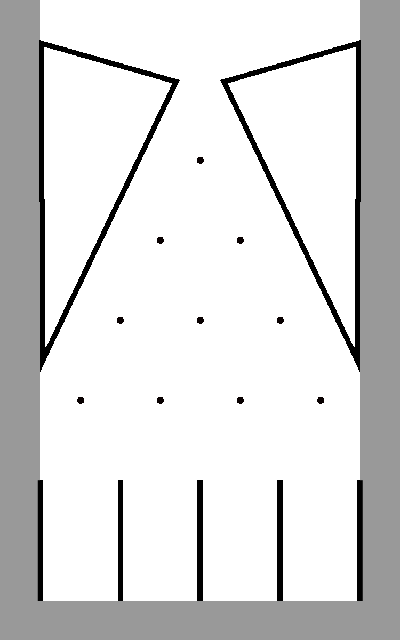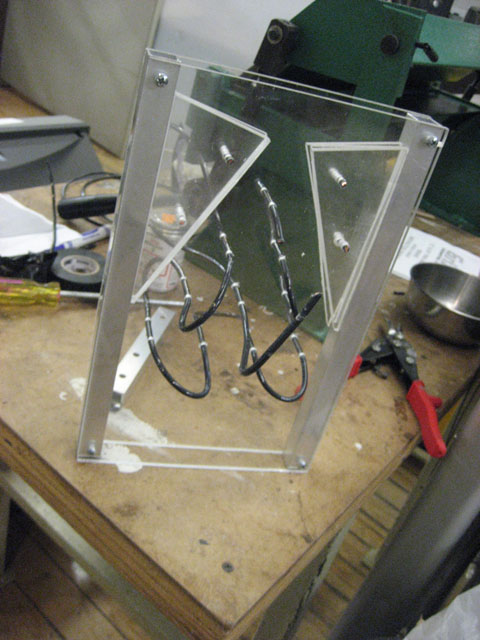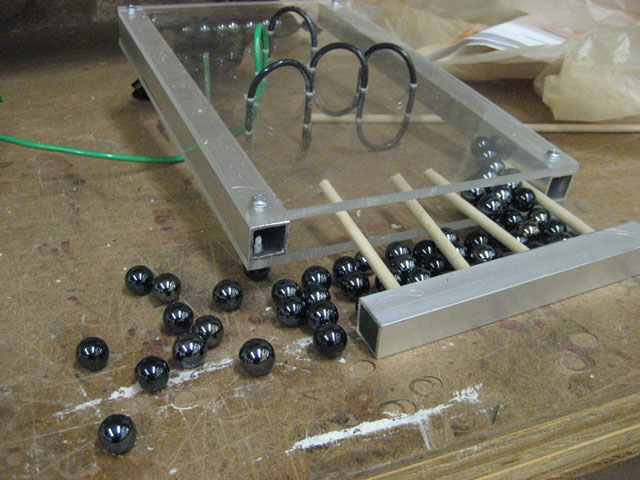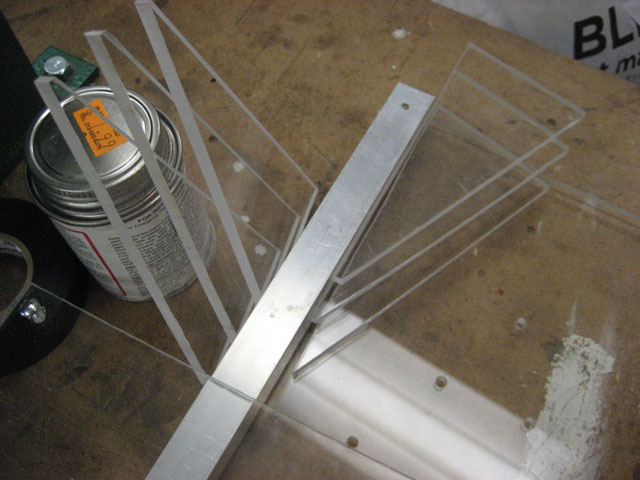“Self-Portrait: Data is factual information; science finds its story. But data isn’t only about science so we can turn that on its head. Find data for your own story. Create a self-portrait, using data.”
I recorded the time I got into and out of bed each night/morning of the week, as well as the temperature outside my window and state of the sky. The margin of error with the times is 5 or 10 minutes. For temperature, it is within 2 degrees. It might be interesting to see if there could exist a correlation between the data and my state of mind. However, since “state of mind” is seriously subjective, I guess it would be nearly impossible to disprove anything specific, and therefore difficult to use this measurement in support of drawing any type of correlation. The data can be seen on a spreadsheet here. This self-portrait mainly tells me that I may actually be getting too much sleep during these post-employment weeks (smile). I also needed some serious rest after being attacked and dancing the following night…
Following class and hearing about the ways in which some of my peers approached the assignment, I felt my approach was a bit shallow and lacked the unique quality, which self-portraits should maybe have. I realized that I chose “sleep time” because I’ve been somewhat focused on the notion of rest and dreams lately, and tracking the hours and minutes was simple and labor light. Perhaps, it’s because I am indulging in much more of this time than I previously could while working. Anyway, other data sets I could have chosen as a reflection of myself are scars/injuries timeline, vacation locations, introductions to techie devices or platforms, favorite musical artists, a visualization of my passport, a map of my calendar data, my sneaker purchases…







